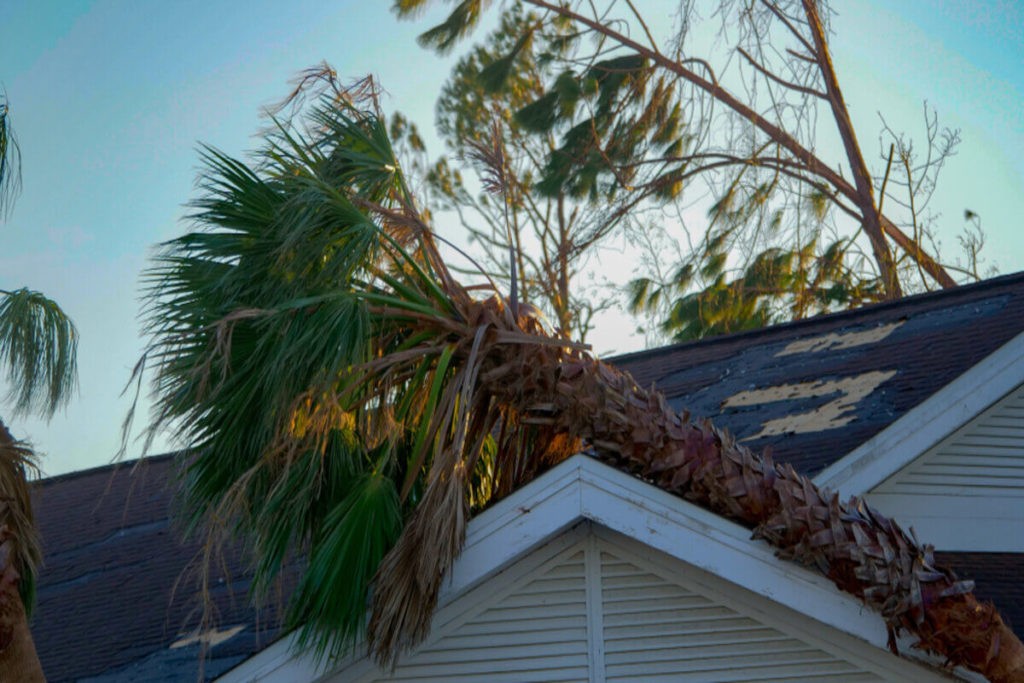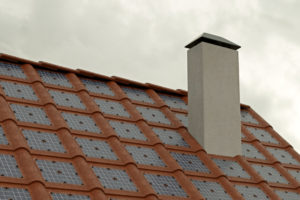In the aftermath of a storm, addressing the damage inflicted upon your home, particularly the roof, is critical for maintaining its structural integrity. This guide is designed to walk you through the essential steps to take after your roof has endured the wrath of severe weather, ensuring you’re well-equipped to handle the situation with precision and care.

Immediate Actions Post-Storm
Assessing the Impact
After the storm has passed, it is crucial to assess your roof for damage. This initial check should be done with safety as the priority; avoid climbing onto the roof, but use binoculars or take photos with a zoom lens to inspect from a secure vantage point.
Emergency Measures
If your inspection reveals damage, acting quickly is vital. Secure a tarp or plastic sheeting to cover exposed areas, reducing the risk of water damage inside your home, and keep the receipts for any materials you purchase, as they may be reimbursable by your insurance.
Navigating Insurance Claims
Documentation and Evidence Collection
Gathering detailed documentation of the damage immediately after the storm is a crucial step. This should be as comprehensive as possible to ensure you are in a strong position when you approach your insurance company.
Understanding Your Policy
Before you can file a claim, you must understand what your policy covers. It’s advisable to have a copy of your insurance policy accessible and review it annually so that you are familiar with the terms and conditions before any damage occurs.
Filing the Claim
When filing a claim, time is of the essence. Contact your insurance company as soon as possible to get the process underway, and be prepared to provide all the evidence you’ve gathered to support your claim.
Repair and Restoration
Selecting a Contractor
The contractor you choose will be responsible for restoring your roof to its former state. Research local contractors, check reviews, and get multiple quotes to ensure you find a trustworthy professional who will perform the work to the highest standard.
Repair or Replacement?
Your contractor should help you understand whether a repair will suffice or if a full replacement is needed. This decision is often based on the age of your roof, the extent of the damage, and the potential for future problems.
Overseeing the Repairs
It’s important to be proactive in the repair process. Ensure that you are kept in the loop about the progress of the repairs and that the work being done meets the agreed-upon specifications.
Prevention and Future Preparedness
Routine Maintenance
Preventative maintenance can greatly reduce the risk of severe storm damage. Annual inspections and maintenance by a professional can catch potential issues before they become serious problems.
Upgrading Materials
Investing in high-quality materials and innovative roofing technology can make a significant difference in how well your roof holds up in future storms. It’s worth considering these options, especially if you live in a storm-prone area.
Conclusion

Dealing with storm damage to your roof can be a stressful experience, but with a comprehensive plan and the right support, you can navigate the process effectively. By taking prompt action, understanding your insurance coverage, choosing a reputable contractor, and investing in preventative measures, you can protect your home from future storms.
For expert assistance and advice on safeguarding your home, don’t hesitate to contact Perfect Exteriors today. We’re here to help you through the recovery process and beyond, ensuring your roof is restored to its optimal condition.








